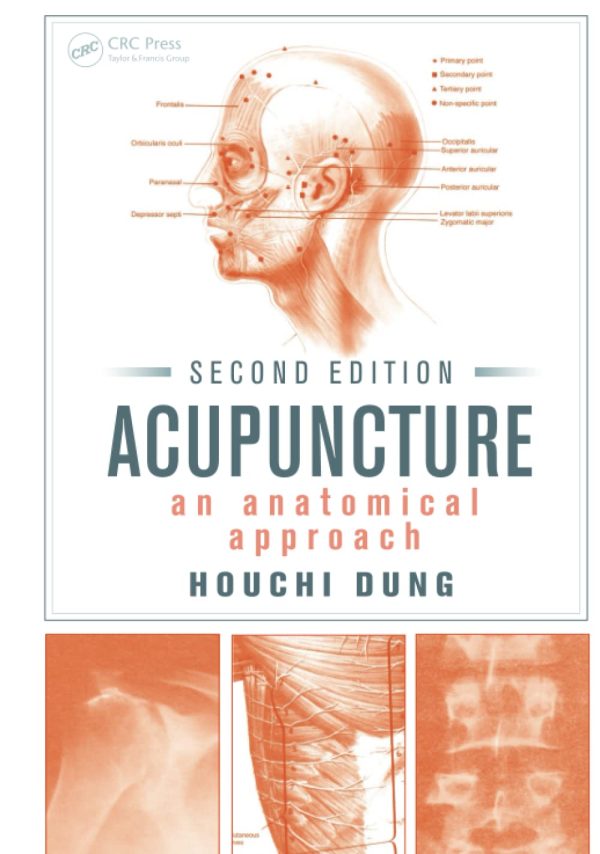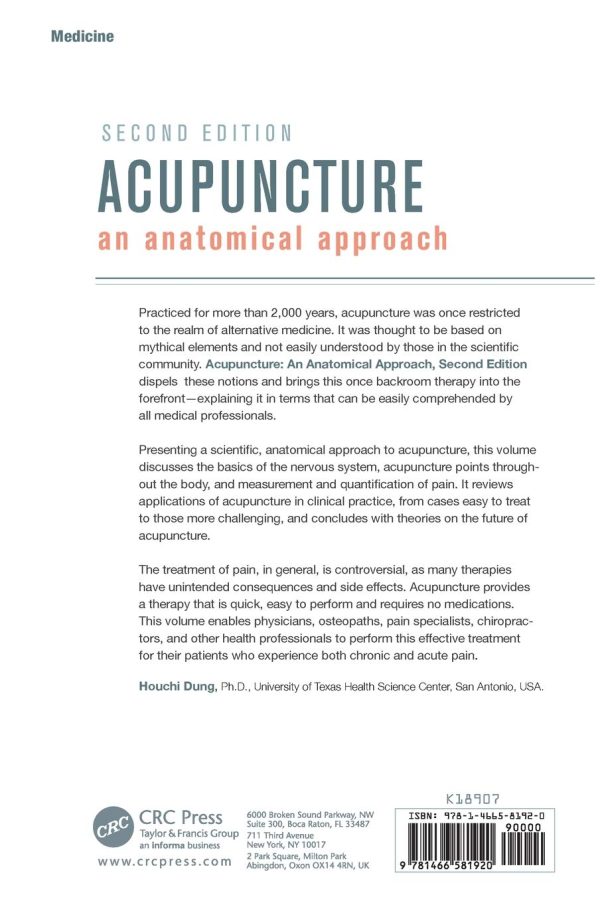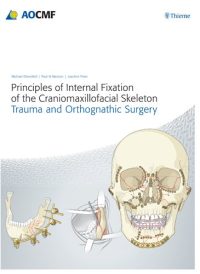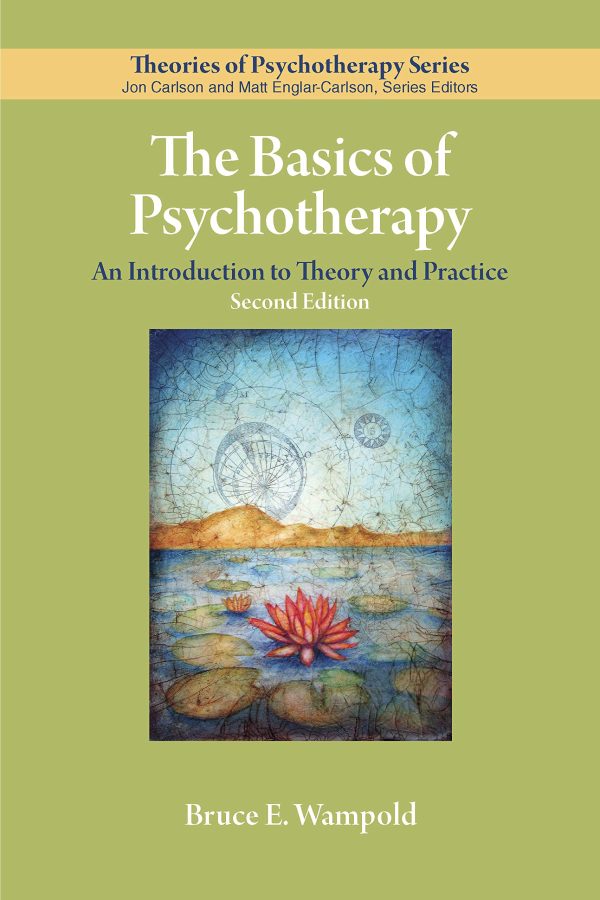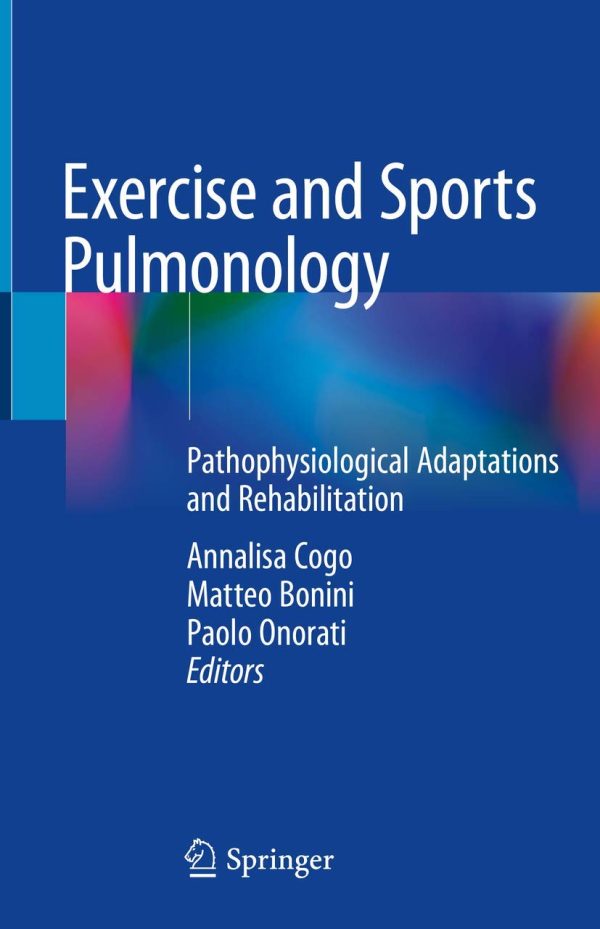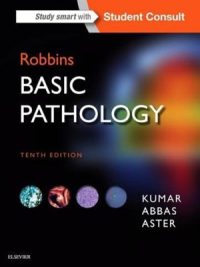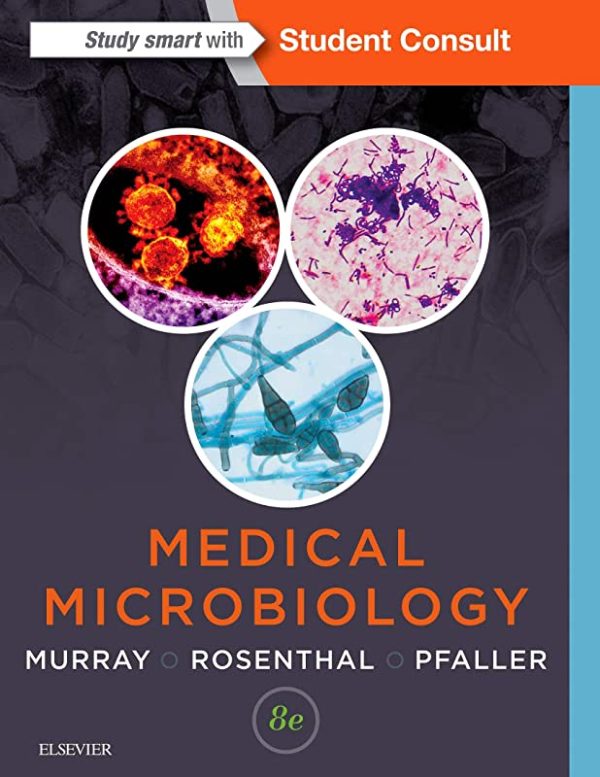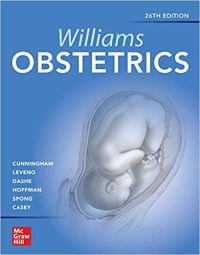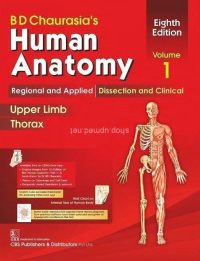Description
A brief overview of Sherwood physiology pdf
The central theme of this book is homeostasis. Sherwood Physiology allows you to understand the integrated functioning of the human body by preserving its internal consistency, which is essential for all cells and organs to function.
The author Lauralee Sherwood uses straightforward, clear words, analogies, and regular comparisons to daily interactions to help you understand and relate to concepts in physiology.
The vibrant Art program in this book, which activates the simulation of essential concepts and also uses processes: including solid 3D animations and rich homework challenges. Sherwood allows you to create a solid base for future courses and work in the health care industry by concentrating on the core principles and sharing the passion for the topic.
Dr. Lauralee Sherwood graduated from Michigan State University in 1966 and is now a professor at the School of Medicine in the Department of Physiology and Pharmacology.
Professor Sherwood has taught more than 400 physiologies, physiotherapy, occupational therapy, nursing, medical, oral, oral, dental hygiene, fitness, and athletic master’s training for over 40 years on an average of 400 per year.
She wrote three textbooks on physiology: Human Physiology: From cells to processes, the basic aspects of human physiology, and Animal Physiology.
Dr. Sherwood has won a variety of teaching honors, including a Teacher Outstanding Award, two Who’s Who lists for American Teachers, the Dean’s Award of Excellence for Education, and a Gold Key National Honor Society Outstanding Faculty Award.
Table of Contents
Sherwood physiology textbook consists of a total of twenty chapters. Each chapter explains every concept of human physiology in complete accuracy. Make sure to analyze each topic properly so you can understand the concepts given in Sherwood physiology. Here the table of contents:
Chapter 1. Physiological and homeostasis presentation.
Chapter 2. Physiology of cells.
Chapter 3. The plasma diaphragm and potential diaphragm.
Chapter 4. Hormonal and neural communications concepts.
Chapter 5. The Central System of the Nervous.
Chapter 6. The PNS: Afferent divisions; Special senses. Special senses.
Chapter 7. Efferent division of the peripheral nervous system.
Chapter 8. Physiology of the muscles.
Chapter 9. Physiology of the heart.
Chapter 10. Blood and blood pressure vessels.
Chapter 11. The Blood
Chapter 12. Body Protection
Chapter 13. The air system. Respiratory system.
Chapter 14. The system of urine.
Chapter 15. Acid-base and fluid equilibrium.
Chapter 16. The mechanism of the digestive system.
Chapter 17. Temperature Management and Energy Balance.
Chapter 18. The Central Endocrine Glands; Endocrinology Concepts.
Chapter 19. The endocrine glands of the Periphery.
Chapter 20. The method of replication.
Appendix: Chemical principles analysis. Appendix:
Appendix 1: Exercise Physiology text sources.
Appendix 2: Answers to Verify Your Interpretation, Final Chapter Objective Questions, Questionnaire, and Clinical Considerations.
Glossary.
Index



